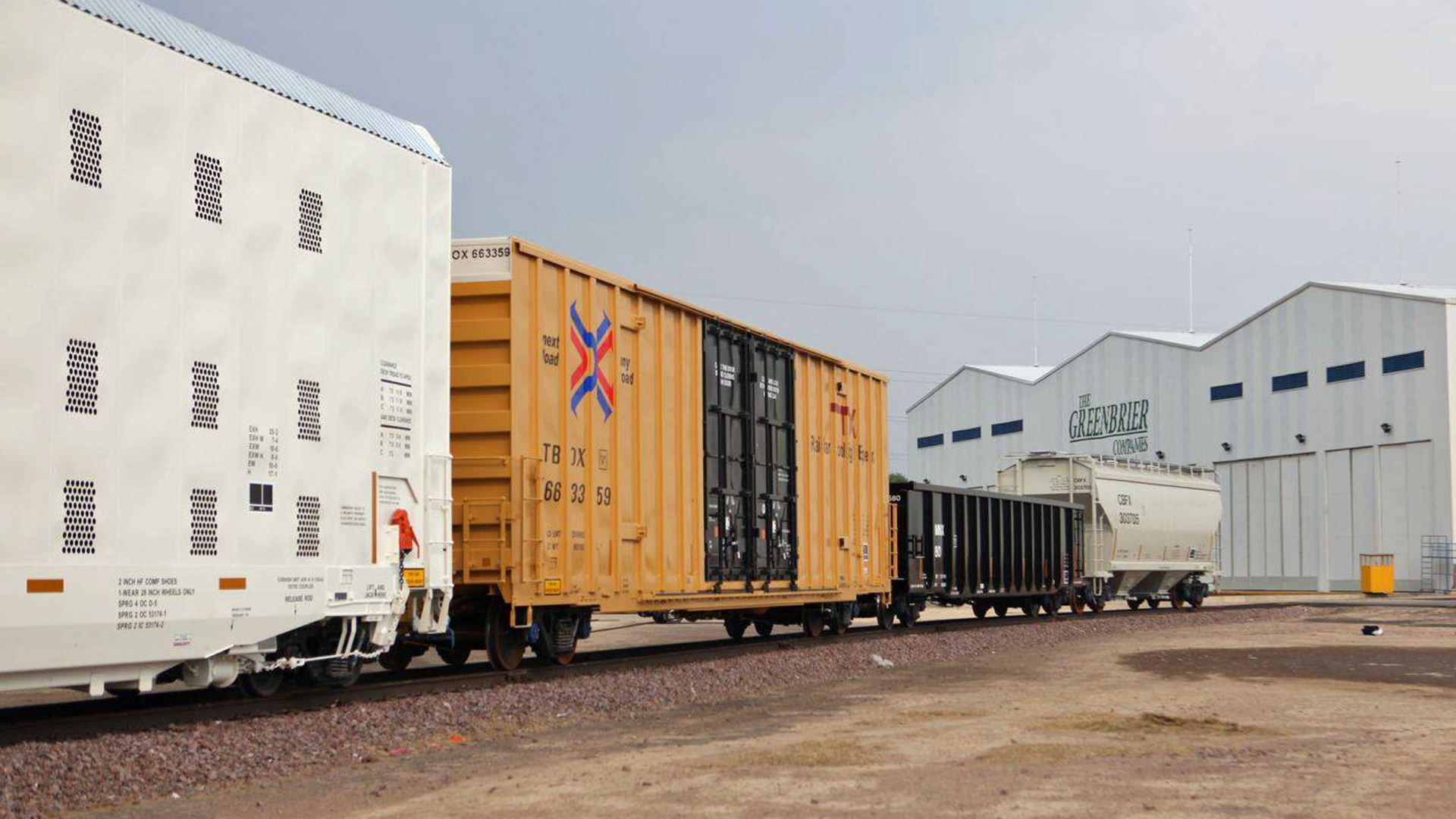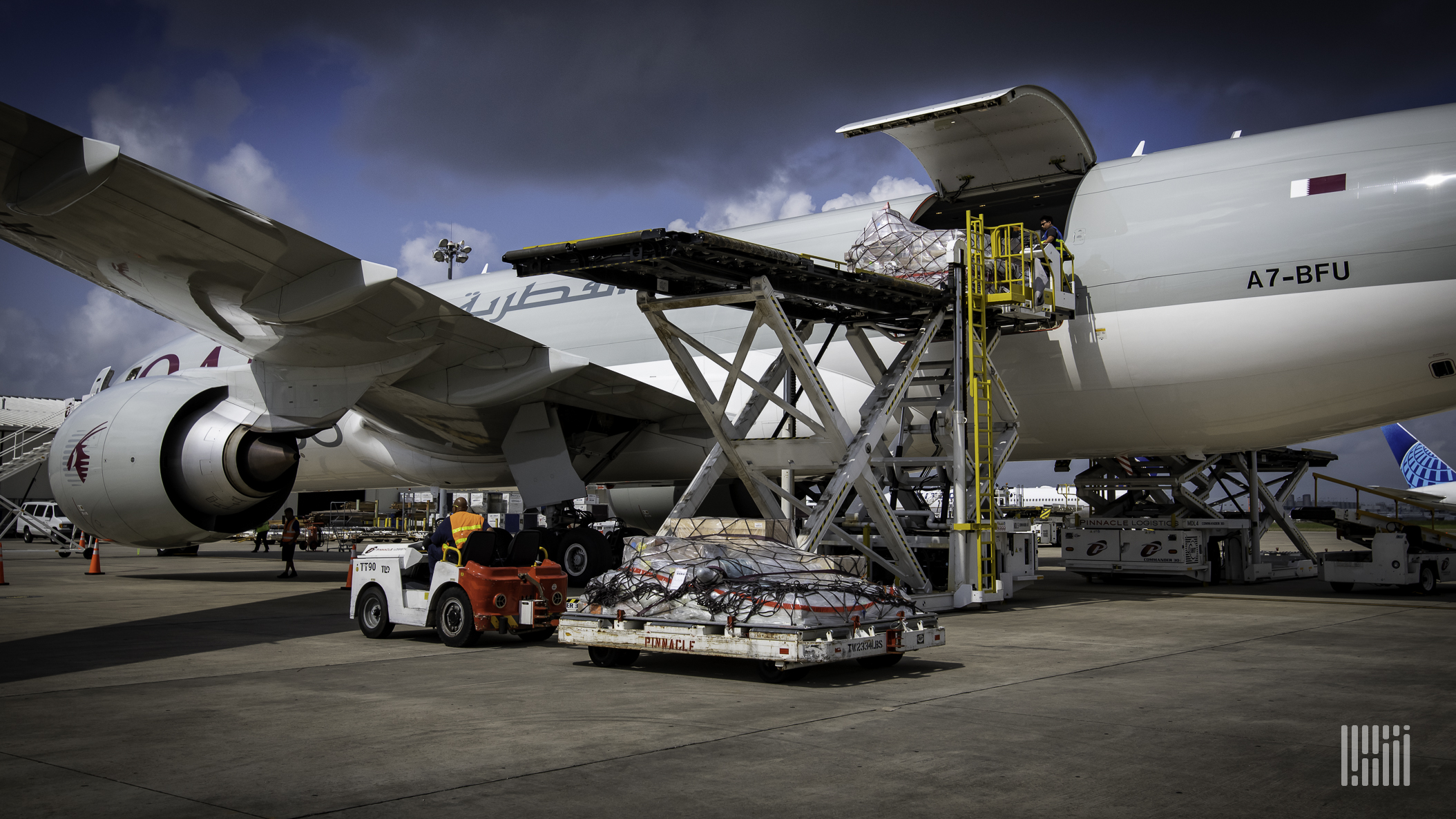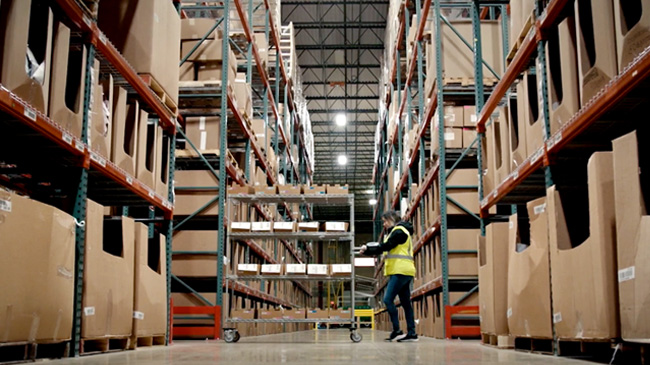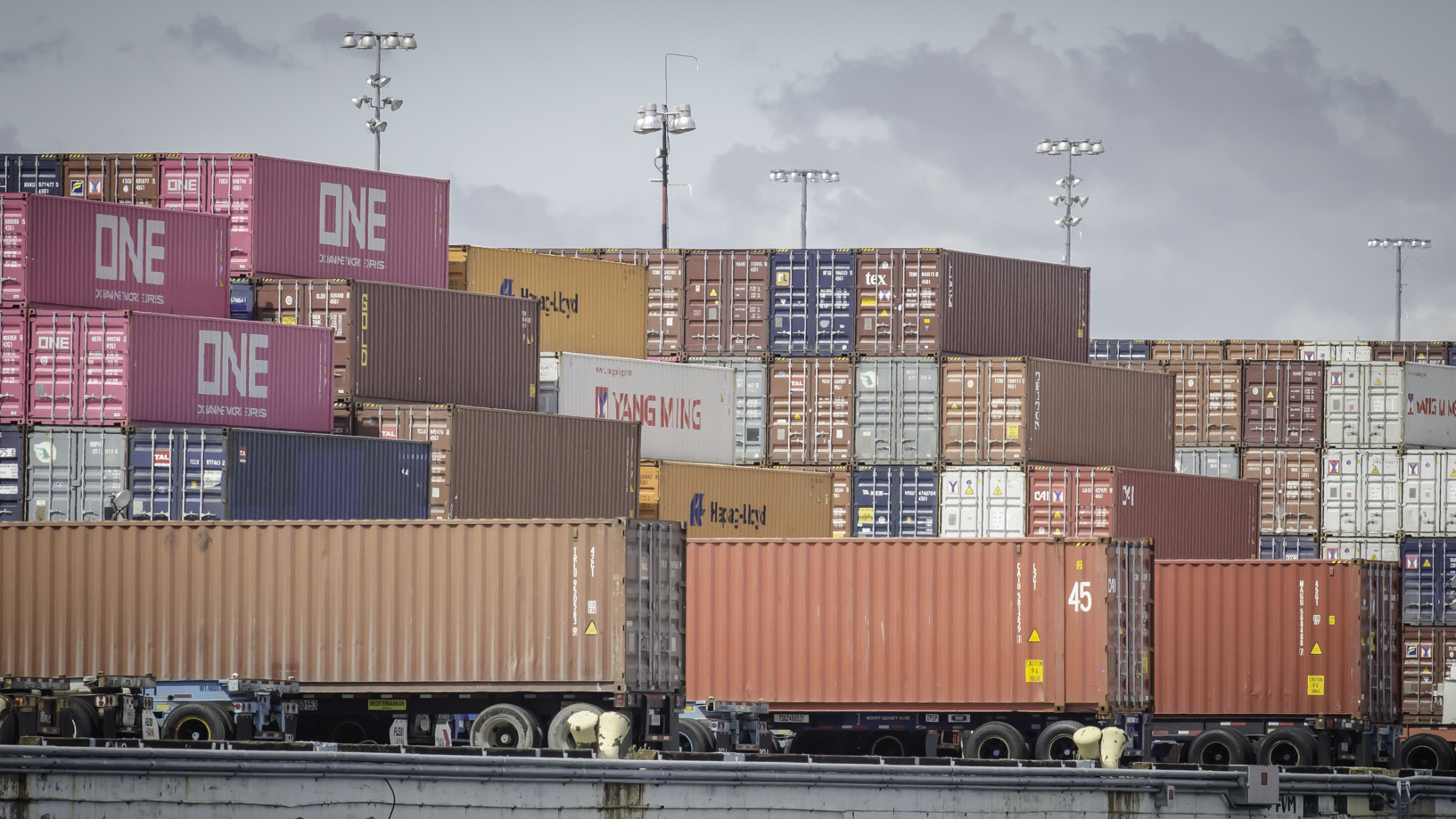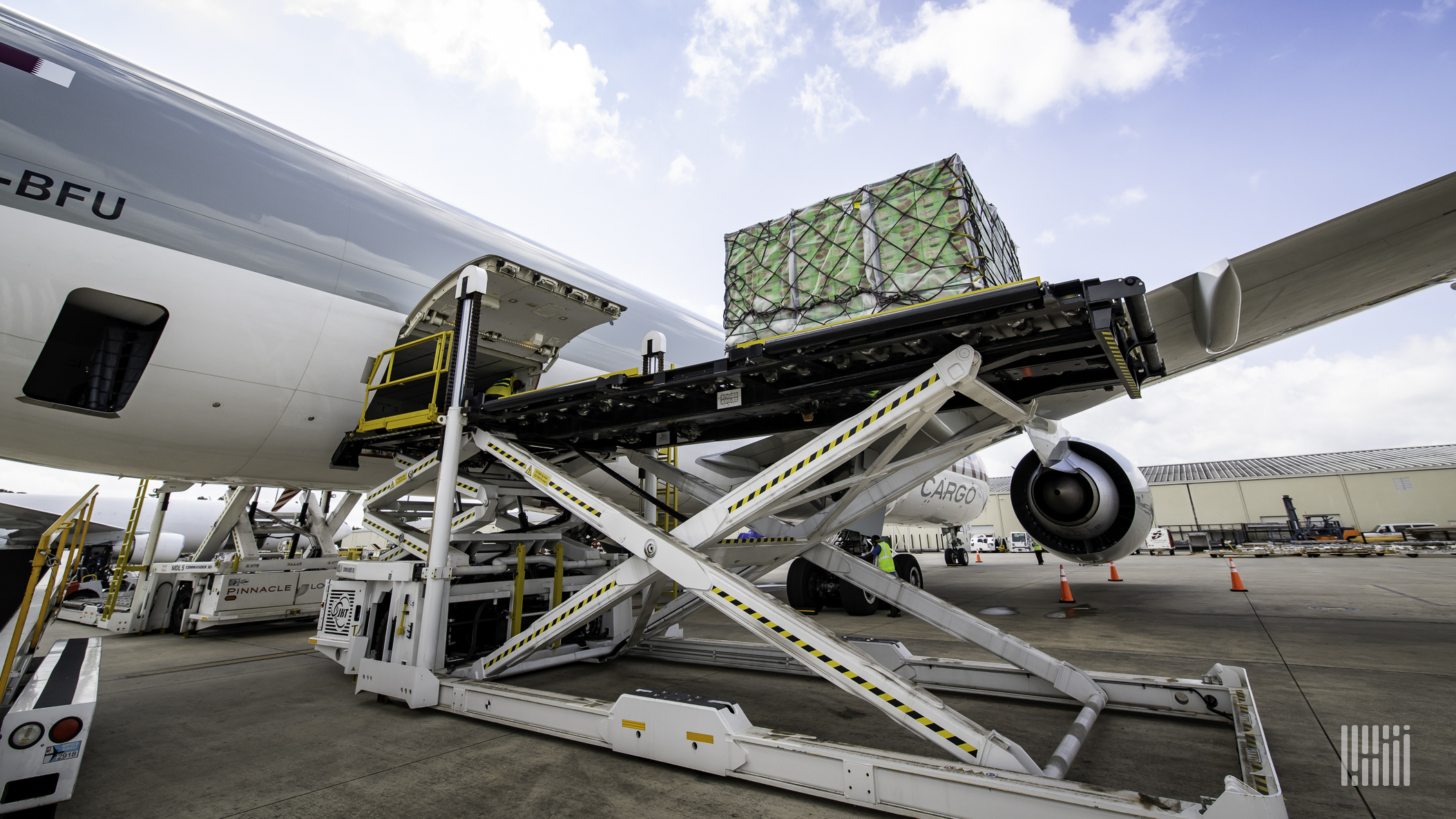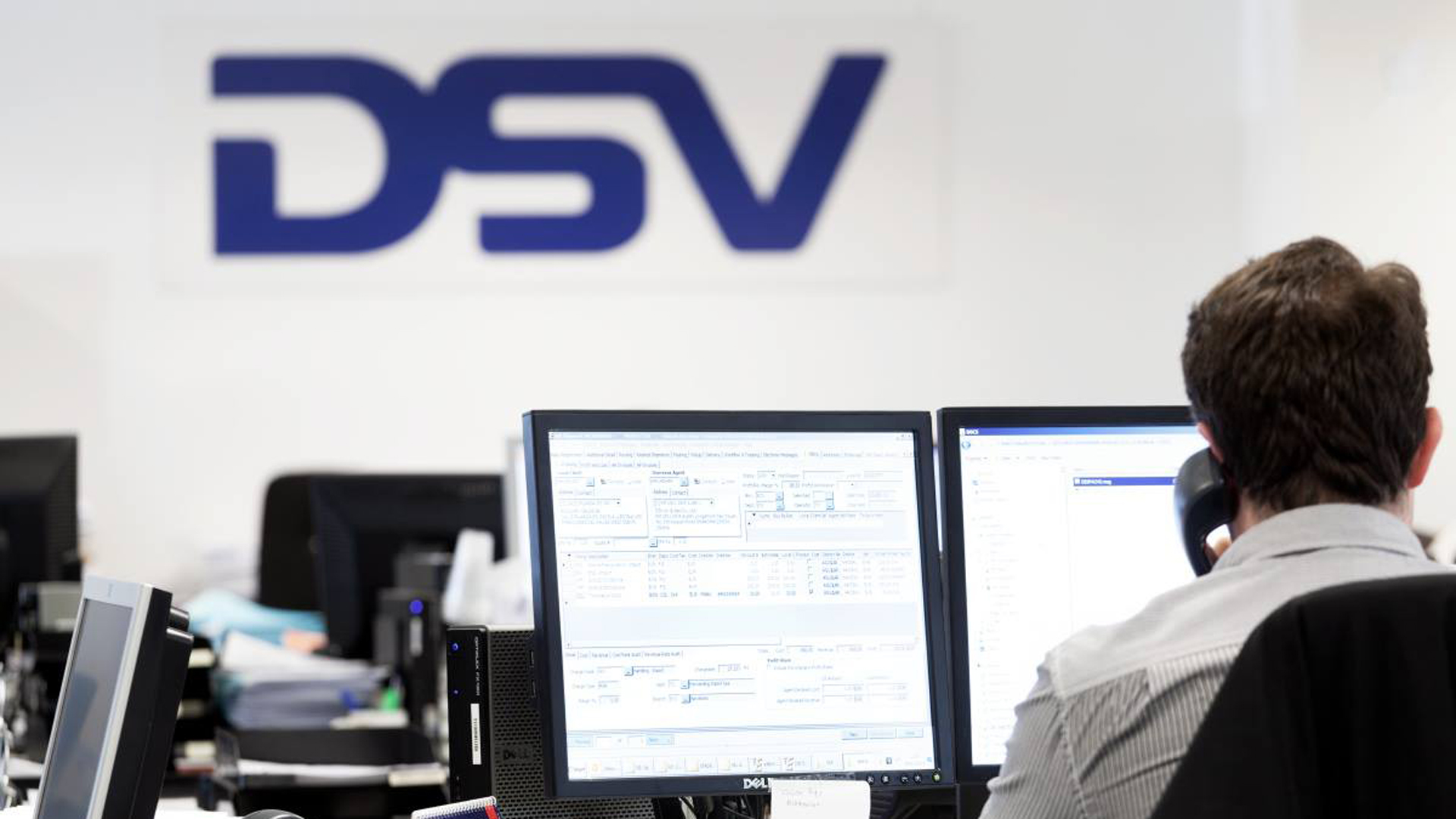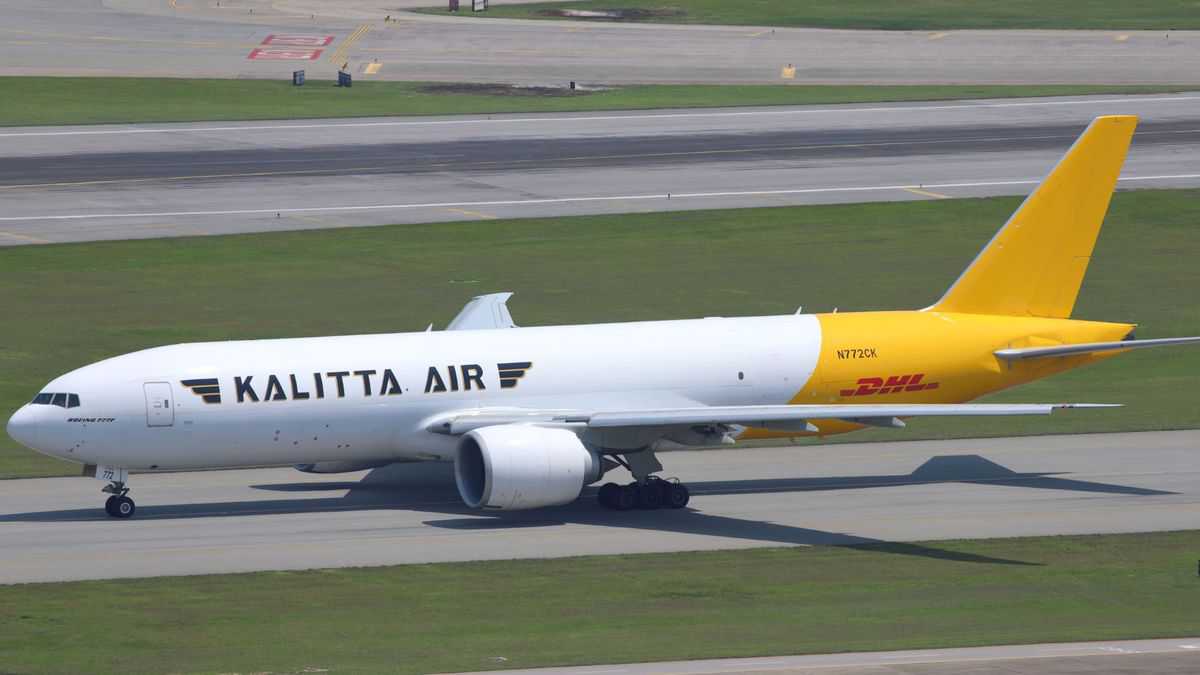
Reducing greenhouse gas (GHG) emissions and ensuring better energy usage and waste management are some of the short-term and long-term goals that Wabtec Corp. (NYSE: WAB) and Greenbrier Cos. (NYSE: GBX) shared in their 2020 sustainability reports.
“Our position as a global transportation leader gives us a unique perspective on the megatrends that are impacting our customers and other stakeholders, namely: climate change, automation and digitization, and urbanization,” stated Wabtec President and CEO Rafael Santana.
Wabtec
Based on 2019 benchmarks, Wabtec made goals in 2020 to reduce GHG emissions intensity, energy intensity and water consumption each by 30% by 2030. Wabtec plans to meet these goals using many tactics, including renewable energy in select locations, local operations to minimize transportation and new technology to increase fuel efficiency and lower emissions.
Though Wabtec didn’t announce specific environmental goals for 2021, its sustainability report said the company is on track to meet its 2030 goals.
“In this report, we are announcing a series of aggressive goals to improve our performance on global environmental, social, and governance (ESG) matters. In key areas, we are committing to a 30 percent improvement by 2030. Our ‘30 by 30’ strategy sets clear, defined metrics and makes it easy for us and others to measure our progress,” Santana noted in the sustainability report.
In 2020, Wabtec built the first 100% battery-electric locomotive in the world, the FLXdrive. When operating in tandem with diesel electric locomotives, the FLXdrive can save 10%-30% in fuel and emissions. Wabtec boasts several other fuel-saving technologies such as its auto engine start/stop, which reduces noise pollution and eliminates up to 6,500 gallons of fuel per locomotive per year, lowering emissions.
Freight accounts for 66% of Wabtec’s portfolio as a rail manufacturing company. Wabtec offerings include locomotives, advanced braking systems, various mission-critical components and lifecycle services for its customers.
Additional environmental efforts mentioned in Wabtec’s sustainability report include approaching a circular economy, using predictive maintenance, reducing waste and harvesting rainwater.
Greenbrier (GBX)
GBX announced 2021 goals to measure its energy consumption and carbon emissions intensity in relation to production. Producing different railcars requires different levels of energy and emissions intensity, so measuring is a necessary starting point. This is the first GBX report to include its Scope 1 (direct) and Scope 2 (indirect) GHG emissions. The numbers show Greenbrier’s Scope 2 emissions decreased from 2019 to 2020 while Scope 1 emissions increased, which GBX attributed to acquiring American Railcar Industries (ARI) and adding new locations.
GBX did not share any specific long-term goals regarding energy or emissions reduction plans, but it did state its GHG emissions are “low for a manufacturing company.”
In 2021, GBX has committed to tracking its recycled steel content for material as supplied. Long term, GBX stated, “our utilization efficiency can be improved through increasing the recycled steel content in our supplied steel above the industry average of 93.3%.” Other environmental topics covered in Greenbrier’s ESG report include hazardous waste management, water usage and air pollutants.
“Greenbrier is committed to improving our environmental performance, both by reducing our environmental footprint and by meeting or exceeding the ecological requirements in the countries where we operate,” the report stated.
Greenbrier operates in South America, Europe and North America, providing customers with freight railcars, marine barges and a variety of freight railcar services. According to its ESG report, GBX builds 40% of all freight railcars in North America.
Click here for more FreightWaves articles by Alyssa Sporrer.
Related Stories:
5 rail sustainability trends for 2021
Wabtec eyes international demand for freight services
TCI Fund Management seeks climate action from CP and CN
New York congressman asks DOT to reverse LNG by rail rule
Greenbrier expects mid-2021 recovery

